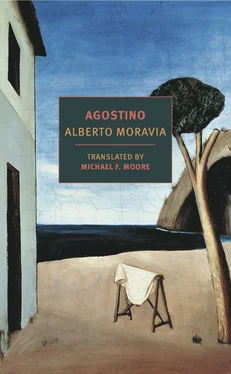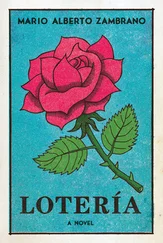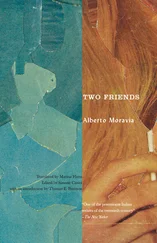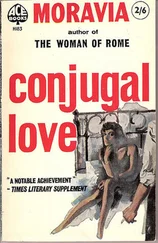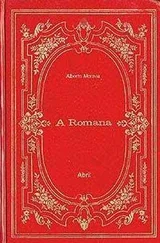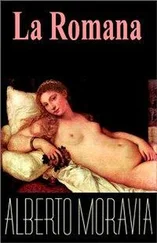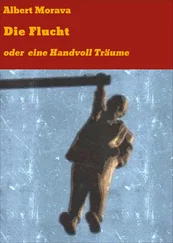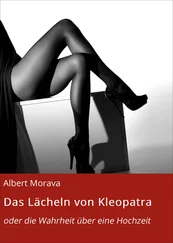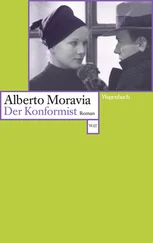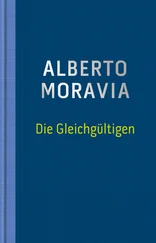Moravia drives home the clash between the language he has inherited and the reality he is depicting through other borrowings from Renaissance poetry. The mother is often presented as “wrapped” in an air, an article of clothing, or even the sheets, heightening her inaccessibility. Agostino’s fetishistic evocation of her clothing — the wet bathing suit pressed against his cheek, the negligee in which she stands before her mirror — is the inverse image of the courtier’s attachment to his beloved’s veil, glove, or handkerchief. And in words that evoke this same tradition, Moravia uses the adjective antico —which today signifies “ancient” or “old” but archaically meant “former”—to describe the mother’s lost dignity and the son’s lost innocence.
The obsessive, even grating repetition of certain words and phrases is rooted, I believe, in the same subversive impulse. It was Moravia’s severe critic, Contini, who coined the expression “monolinguism” to define Petrarch’s paring down of poetic language to a few rarefied terms. Moravia’s select vocabulary is of another and indeed opposite nature. Agostino is torn between feelings of “attraction” and “repulsion.” His confused, in-between state is captured by another frequent word, “murky” (torbido) , with strange and visceral undertones. The sexual goings-on that Agostino is slowly becoming aware of are oscuri (dark, mysterious, or obscure), denoting, in simplified form, the Freudian unconscious. The only way out of his confusion, he is convinced, is to become a man, a wish he voices in a dreamlike state at the beginning and the end of the novel.
These repetitions forge disquieting links between the characters. The mother’s “awkwardness” is echoed in the ungainliness of the boys. The image of the sheer negligee on the prostitute at the brothel is superimposed on the wrinkled nightgown the mother is wearing when she comforts Agostino. The bluntness of these parallels, combined with the word pictures Moravia creates of the mother before the mirror, the boat on the sea, or the stream through the cane-brake, suggest a painterly technique. He observes visual detail like a portrait artist. Take the passage where Agostino spies on his mother from behind the door:
The mother, having removed her necklace and set it on the marble top of the chest of drawers, brought her hands together at her earlobe in a graceful gesture to unscrew one of the earrings. Throughout this motion, she kept her head tilted to one side and turned toward the room.
Or the gang of boys as they prepare to go skinny-dipping:
Against the green background of the cane, their bodies were brown and white, a miserable, hairy white from their groins to their bellies. This whiteness revealed something strangely deformed, ungainly, and overly muscular about their bodies, typical of manual laborers.
The bluntness of his repetitions, on the other hand, reminds me of the bold outlines that were popular in the social realist paintings of postwar Italy, particularly in the work of Renato Guttuso. Guttuso was in fact a close friend of Moravia’s and painted two portraits of the novelist. He also illustrated the Bompiani edition of Agostino.
In translating the novel I have tried to preserve the repetitions, though it has not always been possible, especially the adjective “obscure,” whose many nuances no single word could seem to capture. A particularly vexing issue was how to refer to the boat that figures so largely in the story, the pattino , not to mention the structure of Italian beach culture in general, both then and now. A pattino , also known as a moscone , looks like a paddle boat but is propelled by oars rather than foot pedals, and is used not only for sunbathing but also by lifeguards to rescue people.
For the central figure of the mother, the Italian language has an ambiguous expression, la madre , which could be translated as either “his mother” or “the mother.” I generally opted for the later, in keeping with the archetypal importance she assumes in Agostino’s eyes, using “his mother” only where the Italian was more explicit or greater intimacy was suggested. The little black boy, Homs, is referred to throughout as il moro , “the Moor,” which in erudite Italian can be used for a person of African origin (or a dark-haired male). To avoid introducing a note of linguistic violence not present in the original, I chose to refer to the character mostly by his name.
In closing, I would be remiss not to mention the previous translation of Agostino by Beryl de Zoete (Secker and Warburg, 1947). Once I had completed my first draft, I compared the more troubling parts against her earlier version. Where our divergences were too great, I went back to the Italian. On the whole, her work is very beautiful, perhaps too beautiful, often smoothing out edges Moravia had left rough, and with an occasional misinterpretation. She seems to shy away from the more coarse passages, reluctant, for instance, to translate the pubic hairs sprouting from Sandro’s groin. The first chapter, oddly, is divided in two. Without being privy to the correspondence between the translator and the editor — and who knows, perhaps the multilingual Moravia himself also weighed in — it is hard to know who is responsible for these decisions.
— MICHAEL F. MOORE
REFERENCES
Giuseppe Antonelli. “La Scrittura invisibile.” Alberto Moravia 2007. A cento anni dalla nascita. (http://www.uninettuno.tv/Video.aspx?v=i29)
Gianfranco Contini. Letteratura dell’ Italia unita 1861–1968. Firenze: Sansoni, 1994.
Louis Kibler. “Moravia and Guttuso: A la recherche de la realite perdue.” Italica 56, 2 (Summer 1979), 198–212.
Gianluca Lauta. La scrittura di Moravia: lingua e stile dagli Indifferenti ai Racconti romani. Milano: Franco Angeli, 2005.
Alberto Moravia and Alain Elkann. Life of Moravia. Translated by William Weaver. South Royalton, VT: Steerforth Italia, 2000.
Eileen Romano. “Cronologia,” in Agostino. Alberto Moravia. Milano: Tascabili Bompiani, 2009.
